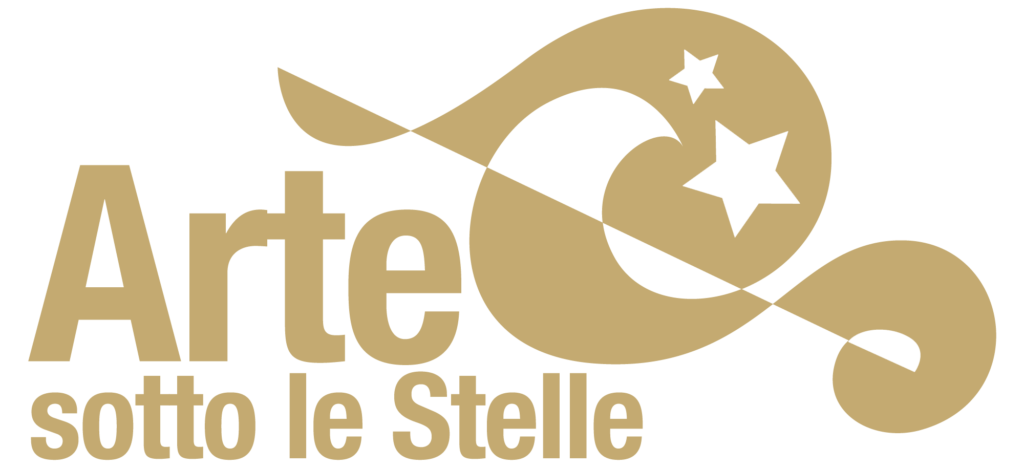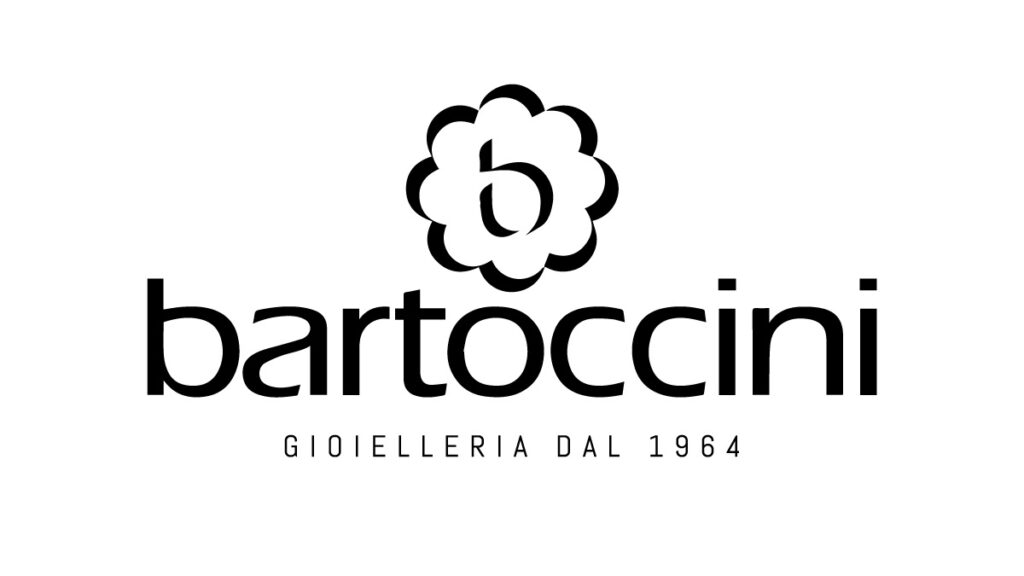Perugino nella Valle Umbra

Bettona – Museo della Città
Piazza Camillo Benso Conte di Cavour, 3, 06084 Bettona PG
Perugino, Madonna della Misericordia, 1512 circa, tempera su tavola, 147 x 201 cm, Bettona, Pinacoteca Comunale
Si pensa che l’opera si trovasse incassata, in origine, in un’edicola campestre, prima di essere portata nella chiesa di Sant’Antonio di Bettona; nel 1987 viene rubata e rintracciata in Giamaica, perciò riportata in Italia e restaurata.
Nel dipinto, la Vergine pone a sua protezione Santo Stefano, attribuito grazie ai due sassi e alla dalmatica che sono riapparsi a seguito dei lavori di ripulitura e restauro, e San Girolamo.
Perugino, Sant’Antonio da Padova, 1512, tempera su tela, Bettona, Pinacoteca Comunale
La figura di S. Antonio è rappresentata davanti a un parapetto e su un fondo che in origine era azzurro, con gli attributi del libro e la fiammella; in basso a sinistra è presente il committente, in piccola dimensione, vestito con l’armatura: si tratta di Bartolomeo di Maraglia, che durante la sua prigionia aveva fatto un voto a Sant’Antonio per essere salvato.
Assisi – Porziuncola, Basilica di Santa Maria degli Angeli
Piazza Porziuncola, 1, 06081 Santa Maria degli Angeli PG
Perugino, Crocifissione, 1485-1486, affresco, Assisi, Basilica di Santa Maria degli Angeli, Porziuncola
Il dipinto è posto sulla parete posteriore esterna della Cappella della Porziuncola che faceva parte del coro nel 1485 e abbattuto nel 1569, all’avvio dei lavori per la nuova monumentale Basilica.
Il modello iconografico scelto dal pittore per questo affresco risulta essere strettamente locale, ovvero la Crocifissione di Pietro Lorenzetti nella Basilica Inferiore di Assisi, reinterpretata in chiave rinascimentale. Rimangono invece la base della croce su cui si trovava Cristo, del quale si intravede una gamba, la Vergine sorretta dalle Donne, la Maddalena, San Francesco che abbraccia la croce, due soldati a cavallo e degli spettatori, probabilmente sacerdoti, insieme ad un bambino.
L’opera è stata fortemente ridipinta nel 1832; successivamente, un restauro moderno ha permesso di poter leggere la scena nella sua primitiva stesura.
Spello, Chiesa di Santa Maria Maggiore
Piazza Giacomo Matteotti, 18, 06038 Spello PG
Perugino, Pietà tra i Santi Giovanni e Maddalena e Vergine in trono tra i Santi Biagio e Caterina d’Alessandria 1521, affresco, 145 x 163 cm, Spello, chiesa di Santa Maria Maggiore.
L’esecuzione dei due affreschi con la Pietà e la Vergine in Trono, vengono assegnati l’8 marzo 1521 a Pietro Vannucci dai canonici; il pittore, ormai alla fine della sua carriera artistica, porta a termine entrambi gli incarichi nei due mesi successivi.
Le due cappelle ai lati dell’altare maggiore su cui si trovavano i due affreschi sono poi state smantellate ma senza eliminare il muro di fondo: gli affreschi non sono mai stati trasferiti, nemmeno temporaneamente, dal luogo per cui sono stati concepiti.
Lo stile delle opere riflette l’ultima fase pittorica del pittore, che sarebbe morto da lì a due anni, nella costruzione dello spazio in maniera semplificata, con figure caratterizzate da una certa bidimensionalità e colori tenui e trasparenti.
Foligno – Oratorio della Nunziatella
06034 Foligno PG
Perugino, Battesimo di Cristo, 1508-1513, affresco, 445 x 228 cm, Foligno, Oratorio della Nunziatella.
L’affresco è parte della decorazione voluta dal rettore della società dell’Annunziata Giovanni Battista Merganti per la cappella di San Giovanni Battista. Il tema del Battesimo aveva riscosso un grande successo tra i clienti di Perugino, grazie all’archetipo da lui eseguito nella Cappella Sistina.
Al centro della scena, San Giovanni sta per versare l’acqua del battesimo sul capo di un Cristo in atto di pregare. Sulle sponde del fiume, si trovano quattro angeli eleganti, mentre altri due, circondati da cherubini, affiancano la colomba bianca dello Spirito Santo.
Nella lunetta superiore, Dio benedicente con in mano il Globo, omaggiato da due angeli prostrati che reggono i gigli, simbolo di purezza.
Trevi – Santuario della Madonna delle Lacrime
SP425, 2, 06039 Trevi PG
Perugino, Adorazione dei magi, affresco, 1521-1522, Trevi, Santuario della Madonna delle Lacrime
L’affresco, firmato da Perugino, si trova nella seconda cappella di destra, nota come “Cappella del Presepio” o “dell’Epifania” e viene commissionato dalla ricca famiglia locale dei Valenti, il cui stemma è presente nell’arcata soprastante la scena.
L’opera raffigura una Madonna in trono, con il Bambino appena nato sulle ginocchia, quest’ultimo adorato dai Re Magi e dalla folla di astanti; la composizione appare monumentale ed estremamente rigorosa, grazie alla geometria della capanna che ha le sembianze di uno stilizzato e robusto tempio ligneo.
Lo sfondo è caratterizzato da un delicato paesaggio verdeggiante, con pastori e candide pecorelle.
Montefalco, Chiesa di San Francesco
Via Ringhiera Umbra, 6, 06036 Montefalco PG
Perugino, Natività di Cristo, 1503, affresco, 630 x 480 cm, Montefalco, chiesa di San Francesco
Il monumentale affresco è eseguito da Perugino in un’edicola in muratura con una lunetta incavata nello spessore del muro, sormontata da un attico e incorniciata da un’elegante decorazione a finte architetture, su commissione nel 1503 a Perugino da parte del ministro in teologia fra Francesco Augusti.
Il Bambino è adorato da tutti i componenti della scena, disposti a semicerchio: a destra Maria, a sinistra Giuseppe, ai lati e dietro i pastori, il bue e l’asinello su fondo verdeggiante.
Al di sopra del gruppo, si palesa entro una mandorla di luce Dio Creatore accompagnato da angeli e cherubini, mentre agli angoli sopra il lunettone si svolge un’Annunciazione.










